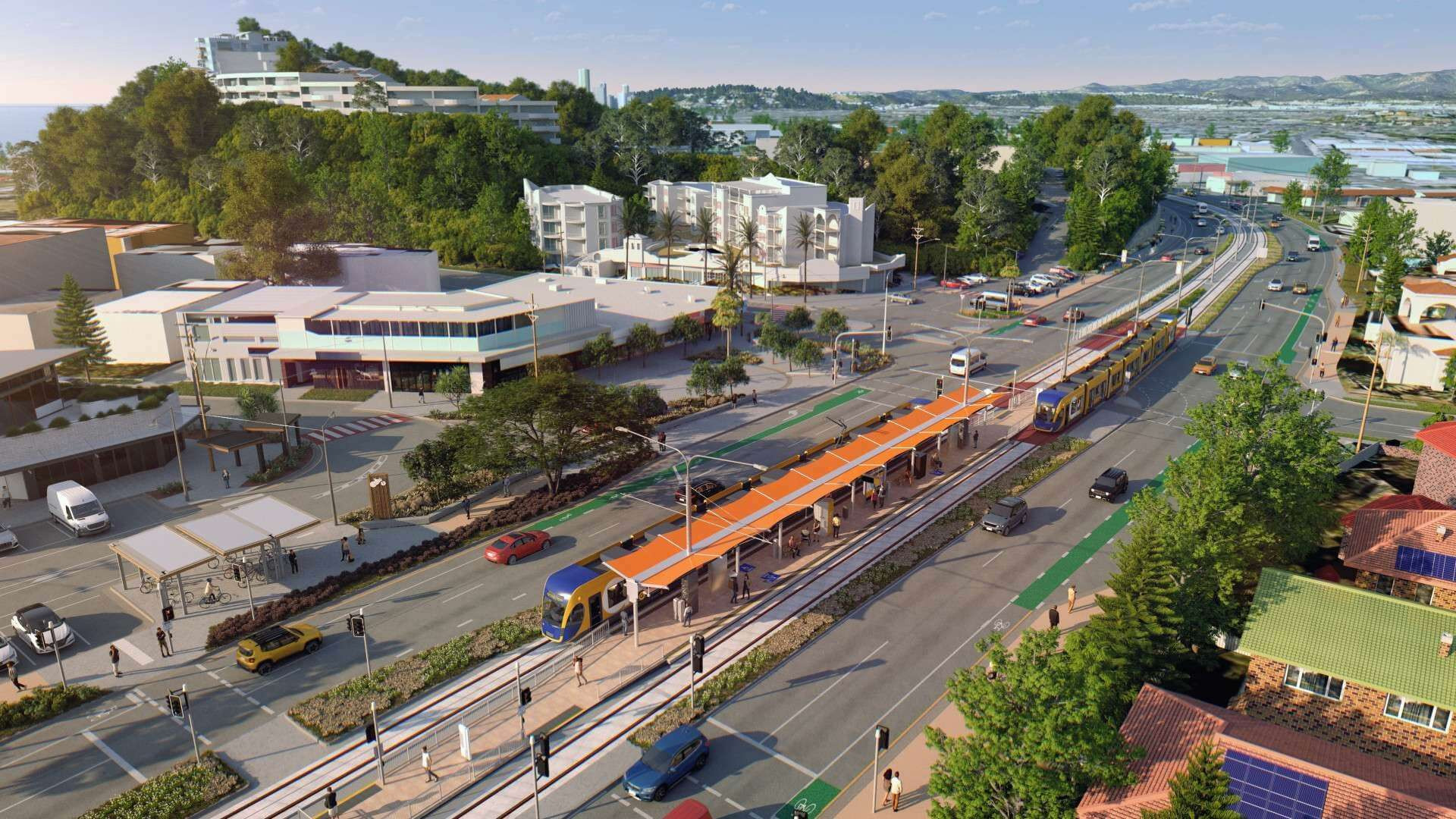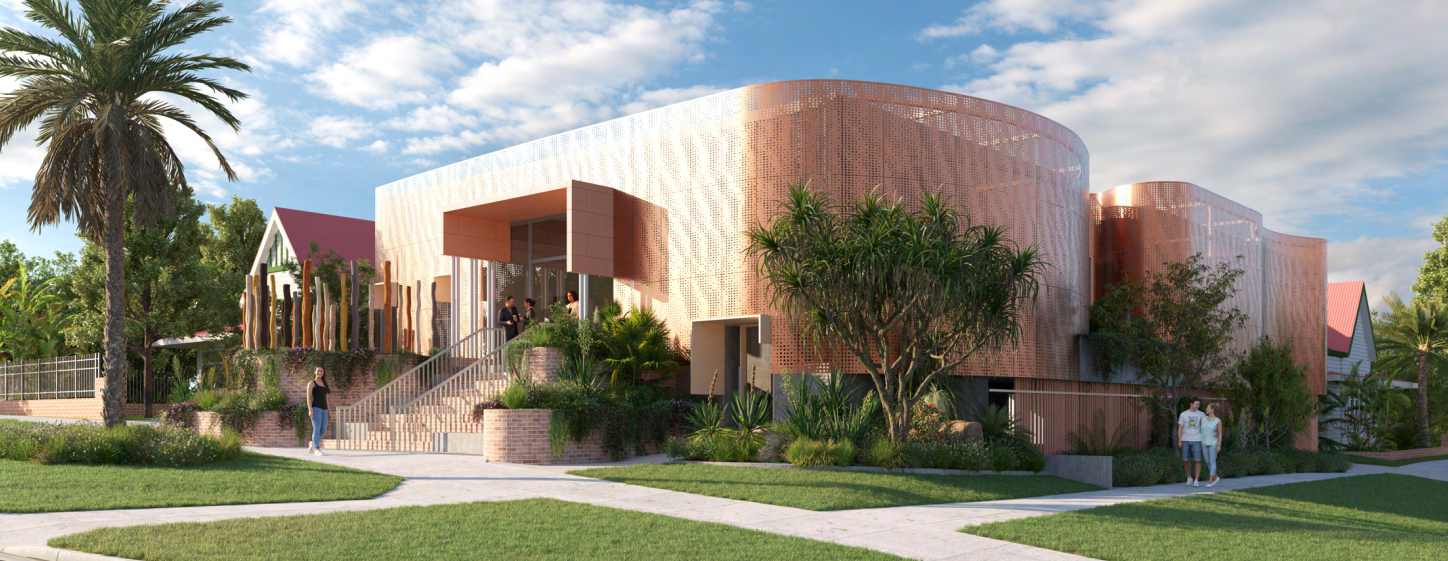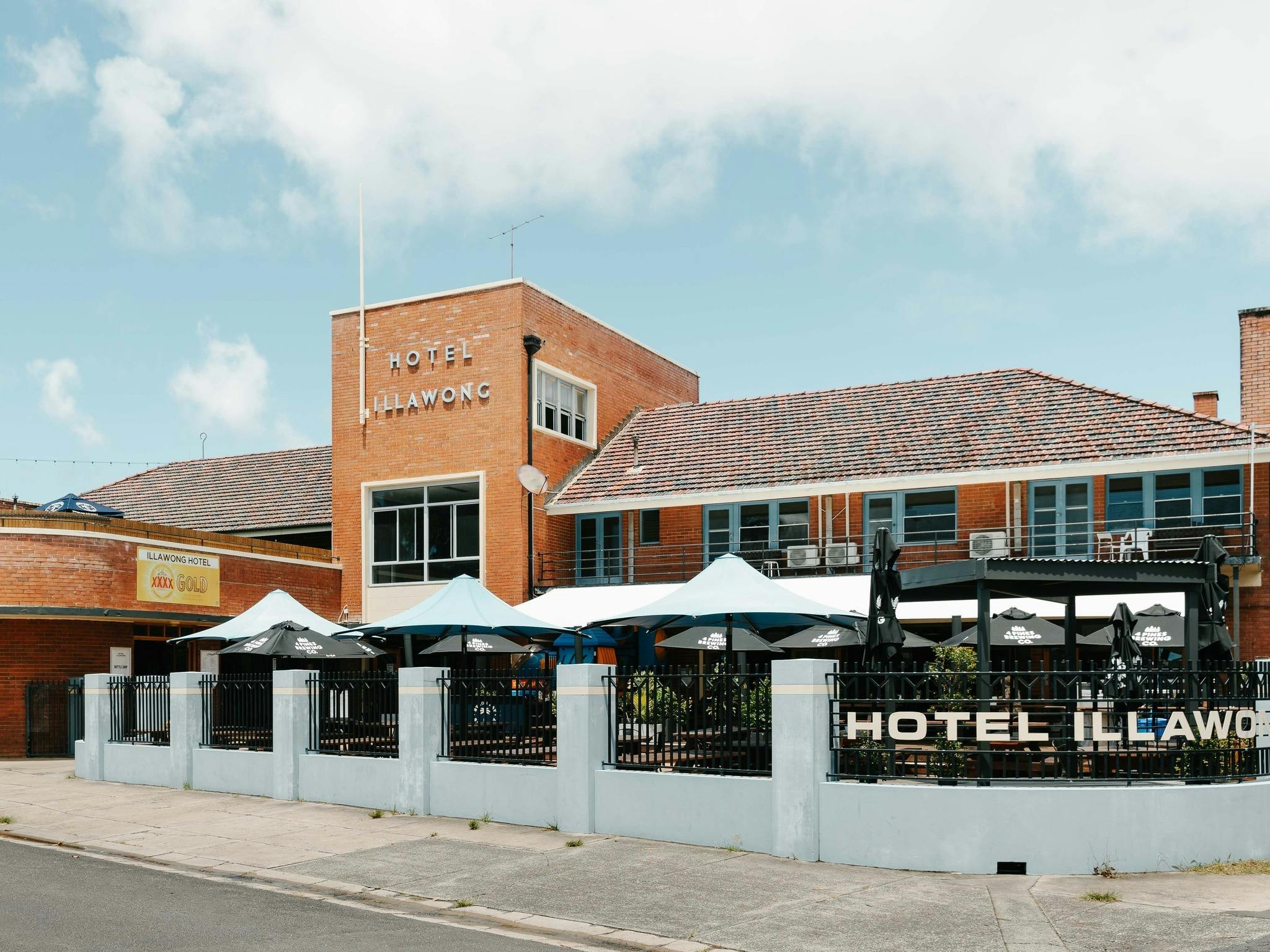Our coastal towns are growing quickly as more people chase the lifestyle by the beach. That demand brings opportunity but also challenge: how do we create more homes without losing the character and relaxed feel that makes northern NSW and SEQ so attractive?
One practical answer is townhouses.
Why townhouses?
Townhouses sit between a freestanding home and an apartment, offering a practical middle ground. They:
- Make better use of land while still giving people their own front door and a sense of space.
- Appeal to families, downsizers, and first-home buyers who want something bigger than an apartment but do not need or want a large block.
- Create a more accessible price point than detached houses, while proving over time to hold and increase in value.
- Provide a home that contributes to the fabric of the community, not just an investment.
- Fit more naturally into existing neighbourhoods compared to taller, high-density developments.
The coastal challenge
Designing townhouses in coastal areas comes with its own considerations:
- Environmental sensitivity. Each site must address issues such as protecting existing trees, managing flood-prone land, and responding to bushfire risk.
- Character and scale. Developments need to respect the low-rise, coastal town feel that people value.
- Infrastructure. Stormwater, traffic and parking all need careful planning to support new homes without straining local services.
- Policy direction. Local and state planning policies are creating new opportunities for medium-density housing, yet every project still has to respond carefully to design controls and environmental risks.
Aureus Townhouses: a recent example
At Skennars Head in northern NSW, Planit recently helped secure approval for a townhouse project within the Aureus Estate. The development will deliver 25 two-storey homes, a mix of three and four bedrooms, designed to complement the existing community while adding much-needed housing choice.
Planit prepared the Statement of Environmental Effects, worked closely with Council, and guided the approvals process to ensure the project balances environmental constraints with local expectations. This is a strong example of how medium-density housing can be introduced in a way that feels right for the setting.
Looking ahead
For more than 25 years, Planit has helped guide and deliver diverse housing across northern NSW and SEQ. In doing so, Planit has been instrumental in shaping the character of these communities.
As coastal towns continue to grow, townhouses will play a bigger role in providing housing options while keeping the lifestyle people value. They are not the only answer, but when done well, they offer the balance between housing supply, affordability and liveability that these communities need.






